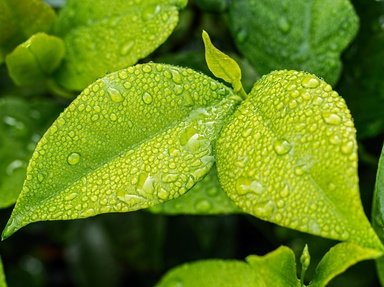Quiz Answer Key and Fun Facts
1. Which flower gets its name from the smell given off when it is uprooted?
2. What plant is part of a trick played by schoolchildren where the punchline is 'You broke your Mother's heart!'?
3. Which of these plants is one of the ancient trio used as dyes?
4. When bruised and boiled in water, Soapwort produces a lather suitable for cleaning: True or False?
5. To which fruit does the folklore refer, when it warns against eating it after Michaelmas (29 September) because the Devil spits on it?
6. Which bold pink flower was quick to colonise bomb sites during World War One?
7. Which of these plants can sometimes be known by the name 'Queen Anne's Lace'?
8. Giant Hogweed can reach hights of 10 metres and its flower heads can be up to 1m wide.
9. Which plant was referred to by Sir Percy Blakeney and also comes in pink, white, lilac and blue colours?
10. Which five petalled blue-purple flower was worn as a crown on the heads of people about to be executed?
11. What parasitic plant climbs up a host plant and all but overwhelms it?
12. Which nightshade has bold blue-purple flowers?
13. Lousewort may be linked to the spread of the liver fluke parasite in sheep: True or False?
14. This plant contains no chlorophyll and as a consequence the stems, flower and fruits are all coloured yellow.
15. The Common Butterwort eats insects: True or False?
Source: Author
Flapjack44
This quiz was reviewed by FunTrivia editor
crisw before going online.
Any errors found in FunTrivia content are routinely corrected through our feedback system.
